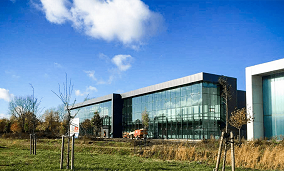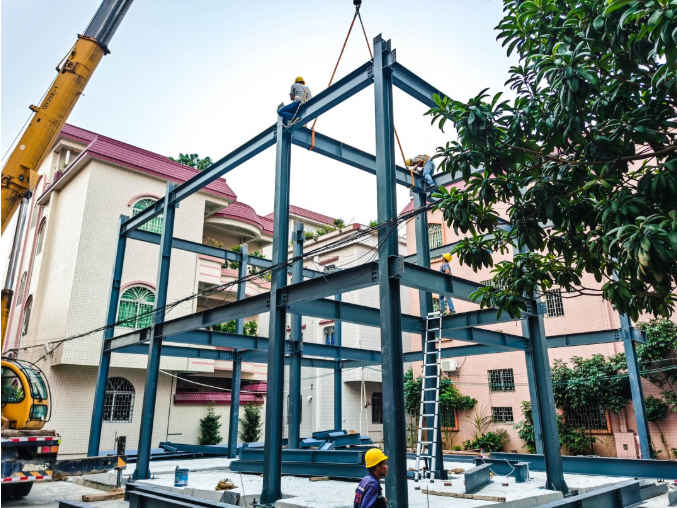Seismic Detailing Measures for Multi-Story Steel Structure Industrial Buildings

Frame Connections: The connections of steel frame bracing can utilize either welding or high-strength bolts.
Longitudinal Column Bracing Arrangement: Longitudinal column bracing should meet the following requirements:
It should preferably be arranged near the middle of the column line.
Bracing can be installed within the same bay and extend continuously from top to bottom in that bay.
Roof Transverse Bracing & Top Story Column Bracing:
Roof transverse horizontal bracing and top-story column bracing should ideally be placed within the same bay at the end of the building unit.
For longer building units, install an additional set every 3 to 5 bays.
Floor-Level Horizontal Bracing: When frame bays exhibit significantly differing horizontal stiffness and vertical bracing is irregular, floor-level horizontal bracing must be installed per Table 6.2.1, with detailing conforming to these rules:
Horizontal bracing may be installed at the bottom of secondary beams. However, the ends of bracing members must connect simultaneously to both the web and the bottom flange of the longitudinal/transverse floor beams.
The layout of floor-level horizontal bracing must coordinate with the location of vertical bracing.
Beams along the column grid lines can serve as chord members for the horizontal bracing system. The angle between diagonal members and the chords should be between 30° to 60°.
Where secondary beams within a column grid support substantial equipment loads, add rigid tie rods. These rods transfer the seismic action from the equipment weight to the chord members (beams on the grid lines) or nodes of the horizontal bracing system.




